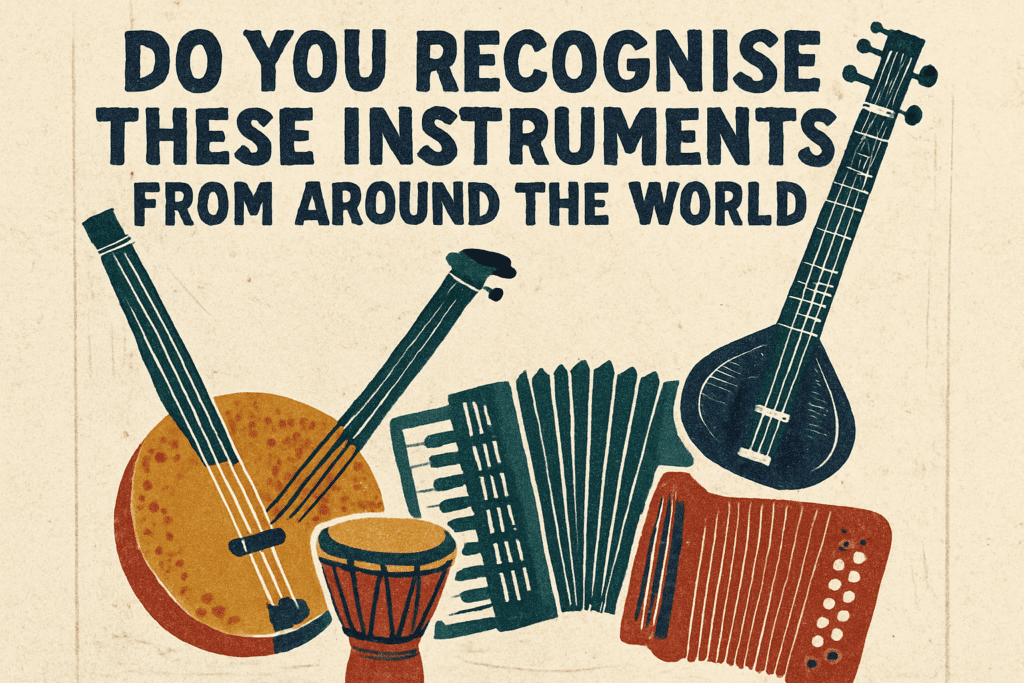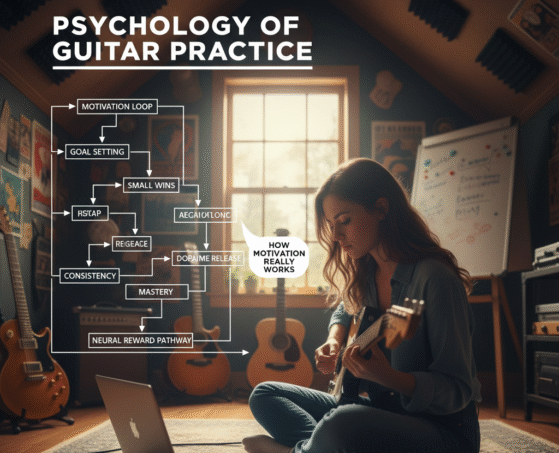Do You Recognise These Instruments from Around the World?
A Deep Dive into 6 Iconic Traditional Instruments
Do You Recognise These Instruments from Around the World? Music is a global language, but every culture speaks it differently — through its own instruments, traditions, rhythms, and sounds that have evolved over centuries. At The Mystic Keys, we believe true music education goes beyond technique; it’s also about understanding the cultural stories behind the sounds we hear today. Every instrument carries the soul of its people — their celebrations, struggles, rituals, spiritual beliefs, and artistic imagination.
In this immersive blog, we take you on a journey across Asia, Africa, and the Middle East to explore six of the world’s most iconic traditional instruments. From the soulful strings of China’s Erhu to the thunderous energy of Japan’s Taiko, the meditative resonance of India’s Sitar, the communal heartbeat of West Africa’s Djembe, the spiritual depth of Zimbabwe’s Mbira, and the poetic warmth of the Middle Eastern Oud — each instrument tells a story shaped by centuries of culture and craftsmanship.
As you read, you’ll discover their origins, how they produce sound, what makes them unique, and how they continue to influence modern music across the globe. Whether you’re a musician, a learner, or simply someone who loves exploring world cultures, this deep dive will help you understand how these fascinating instruments continue to shape the world of music today.
1. Erhu (China) — Can You Recognise This East Asian String Voice?
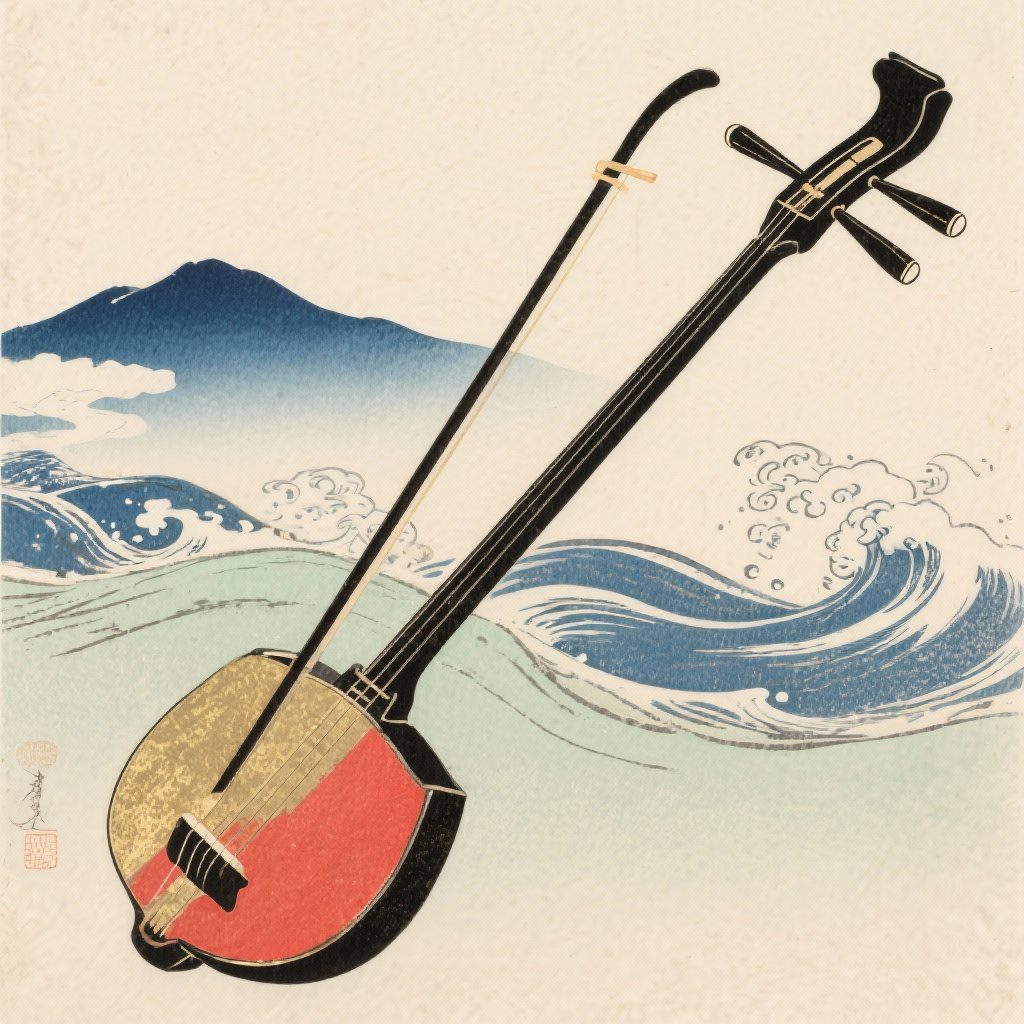
The Erhu is often described as one of the most expressive instruments ever created. With only two strings and a small resonant body traditionally covered with python skin, it can produce a vast emotional range — grief, longing, joy, nostalgia, and hope. Its tone resembles the human voice so closely that it has long been used to represent characters in Chinese opera and drama. Its slender shape, bowing technique, and unmistakably emotional sound make it easy to identify for anyone learning to recognise instruments from around the world, especially within East Asian music traditions.
Historical Roots
The Erhu traces back more than 1,000 years, originating from nomadic tribes in northern China before becoming central to Han Chinese music. As it evolved through dynasties, the Erhu became essential in court performances, folk ensembles, and regional operas, ultimately becoming one of China’s most iconic musical voices.
Sound & Technique
Unlike Western string instruments, the bow of the Erhu remains fixed between the two strings, creating continuous friction that produces its signature singing tone. Players use expressive techniques such as glissando, vibrato, and delicate finger pressure to mimic human emotions — crying, laughter, whispering wind, or soft spoken phrases — giving the Erhu its reputation as a storyteller’s instrument.
Cultural Importance
The Erhu is deeply associated with emotion, poetry, and narratives of ordinary life. Its melodies often reflect themes of nature, longing, memory, and human experience, making it an essential instrument for storytelling in Chinese culture.
Modern Influence
Today, the Erhu continues to evolve and appears in:
Film soundtracks (e.g., Crouching Tiger, Hidden Dragon)
Symphonic and orchestral compositions
Chinese pop (C-pop)
Fusion with EDM, rock, world music, and ambient genres
Its ability to blend traditional soul with modern textures keeps it relevant across global music landscapes, ensuring that this ancient instrument continues to inspire new generations.
2. Koto (Japan) — A Majestic Zither You Should Recognise

The Koto, Japan’s national instrument, is one of the most elegant string instruments in Asia. Traditionally crafted from paulownia wood, it features 13 strings stretched across movable bridges, allowing musicians to adjust tunings for each composition. Its long, graceful shape and distinct playing posture make it easy to identify for anyone learning to recognise instruments from around the world, particularly those rooted in East Asian musical traditions.
Historical Beginnings
Though the Koto originated in China, it arrived in Japan during the Nara period (8th century), where it quickly became associated with nobility, aristocratic women, and sacred court rituals. Over time, its presence expanded beyond the imperial court and became a symbol of Japanese cultural identity, refinement, and artistic expression.
Sound & Musical Character
The sound of the Koto is bright, pure, and ethereal — often described as echoing the serenity of Japanese gardens, tea ceremonies, and seasonal landscapes. Musicians pluck the strings using finger picks and create expressive microtonal bends by pressing down on the strings, giving the instrument its characteristic emotional depth and fluidity.
Symbolism
In Japanese culture, the Koto represents elegance, discipline, and harmony with the natural world. Its music traditionally reflects seasonal imagery such as cherry blossoms, flowing streams, autumn leaves, or gently falling snow, making it a poetic voice of Japan’s visual and spiritual beauty.
Modern Evolution
The Koto now plays a role in:
Anime soundtracks
J-pop ballads
Jazz fusion
Ambient and minimalist compositions
Its ability to evoke emotion through simplicity makes it timeless.
3. Tabla (India) — Can You Recognise This Rhythmic Architect of Indian Music
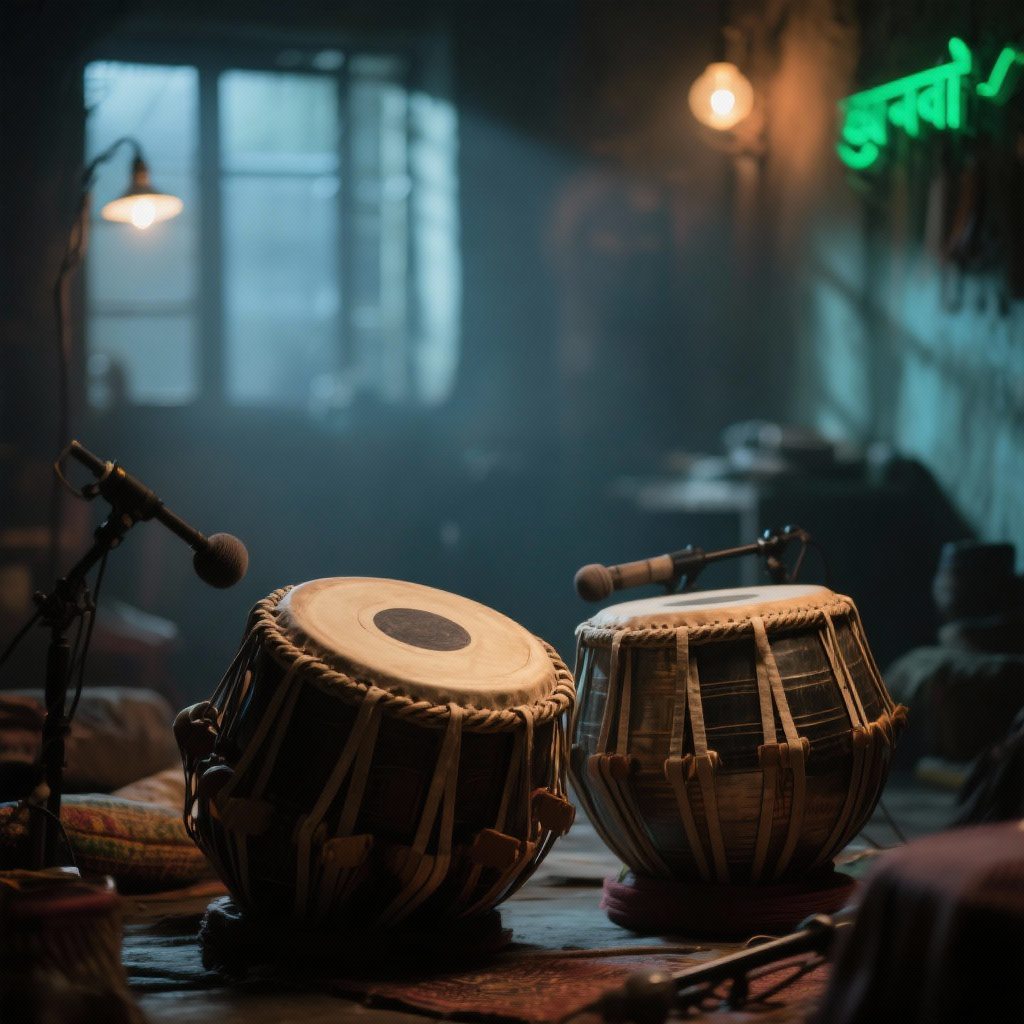
The Tabla is more than a percussion instrument — it is a language, a mathematical system, and a spiritual art form. Consisting of two drums the Dayan and the Bayan, it produces an unmatched variety of tones, from deep resonant bass to sharp, ringing strikes. Its unique shape, tonal richness, and expressive playing style make it one of the most recognisable sounds for anyone learning to recognise instruments from around the world, especially within the sphere of Indian classical music.
Origins and Spiritual Depth
Dating back nearly 400 years, the Tabla is rooted in the heart of Hindustani classical tradition. It is deeply connected to India’s heritage of rhythmic recitation, devotional singing, spiritual chanting, and improvisational artistry. Historically played in royal courts, temples, and classical concerts, the Tabla embodies both discipline and divine expression.
The Language of Rhythm
What makes the Tabla truly unique is its system of bols — rhythmic syllables such as “Ta,” “Tin,” “Na,” and “Dha” that are spoken aloud during practice. This transforms rhythm into language, allowing musicians to recite, memorise, and internalise complex rhythmic cycles before performing them. The spoken bols, combined with the physical technique, create a rhythmic vocabulary found nowhere else in the world.
Technical Brilliance
Table players master:
Speed
Precision
Dynamics
Improvisation
Taal cycles (complex rhythmic frameworks)
The instrument is central to classical ragas but is equally powerful in folk, fusion, Bollywood, Sufi music, and even electronic concerts.
Global Recognition
The Tabla has been featured in the works of:
A.R. Rahman
Zakir Hussain
The Beatles
Coke Studio
It remains one of the most respected percussion instruments worldwide.
4. Djembe (West Africa) — The Drum That Speaks Through Rhythm
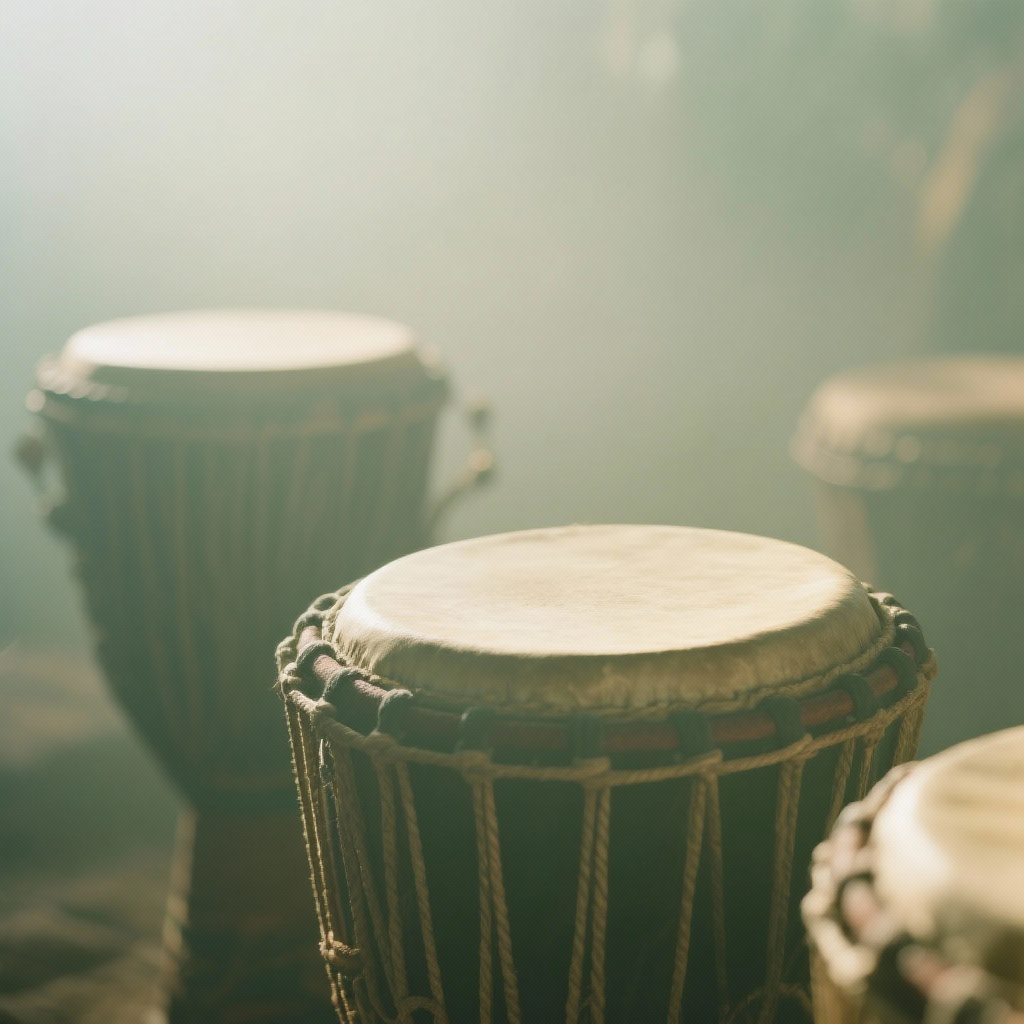
The Djembe is a goblet-shaped hand drum carved from hardwood and covered with goatskin. Played with bare hands, it delivers powerful tones that communicate emotions, messages, and community rhythms. Its distinct shape, earthy sound, and energetic playing style make it one of the easiest ways to recognise instruments from around the world, especially those rooted in West African culture.
Cultural Origin
The Djembe emerged from the Mandinka people of Mali around 800 A.D. Traditionally, it was played by griots — musicians, historians, and storytellers responsible for preserving community memory.
Spiritual Significance
African belief holds that the Djembe holds three spirits:
The spirit of the tree
The spirit of the animal
The spirit of the carver
This gives the instrument sacred value within the community.
Musical Depth
It produces three core sounds:
Bass: Deep, warm
Tone: Clear and round
Slap: Sharp and bright
When multiple Djembes play together, they create polyrhythms that form the backbone of traditional African dances.
Global Influence
Today, the Djembe is used in:
World music
Healing and meditation sessions
Drum circles
Modern fusion bands
Its energy is unmatched, making it a favourite in global percussion.
5. Mbira (Zimbabwe) — An Ancient Sound You Should Learn to Recognise
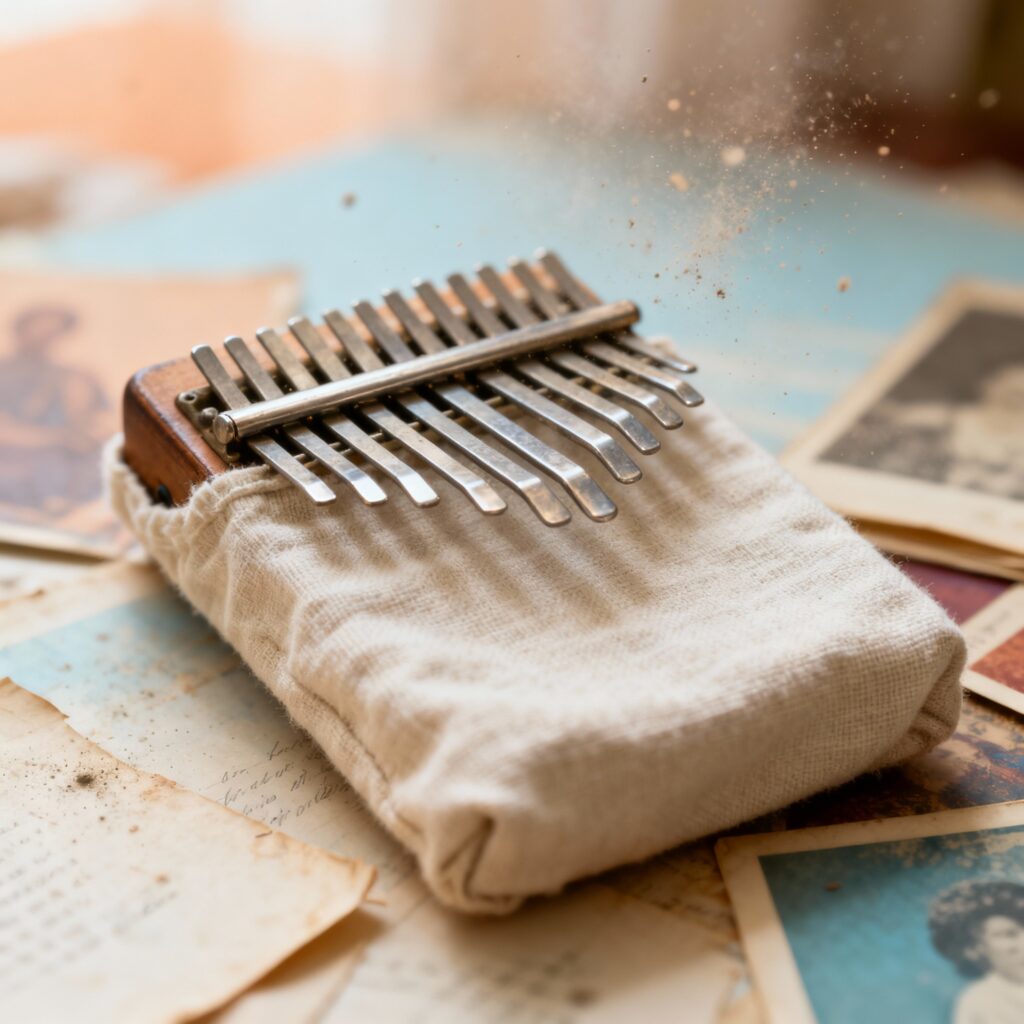
The Mbira is one of Africa’s most spiritual instruments. Known globally as the thumb piano, the Mbira consists of metal keys attached to a wooden resonator, producing a warm, meditative sound.
Sacred Traditions
The Mbira is central to the Shona people’s culture of Zimbabwe. It is used in ceremonies to:
Communicate with ancestors
Call spirits
Guide healing rituals
Tell historical stories
Unique Sound Texture
Its repetitive, cyclical melodies create a trance-like atmosphere, making it one of the most soothing instruments in the world.
Technique
Players use both thumbs and sometimes the index finger to produce layered melodies and polyrhythms that sound like multiple instruments at once.
Modern Revival
The Mbira inspired the global kalimba trend and is used today in:
Indie music
Meditation tracks
Ambient sound design
Film scores
Its simplicity and emotional power make it a favourite for relaxation.
6. Oud (Middle East) — The Musical Heart of Arabic Civilization
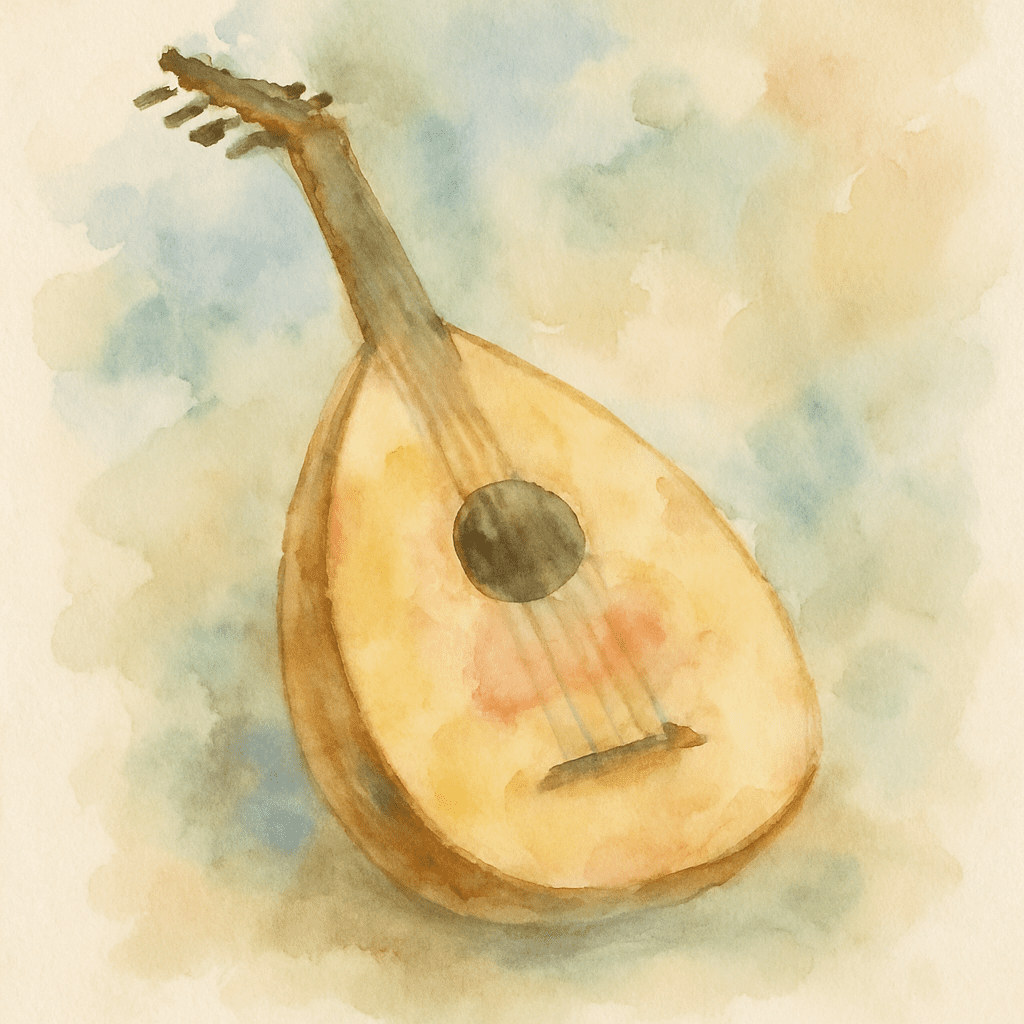
The Oud is one of the oldest and most influential instruments ever created. With a deep, rich tone and fretless fingerboard, it allows musicians to perform microtones that give Middle Eastern music its signature emotional character.
Historical Roots
The Oud dates back over 5,000 years and is considered the ancestor of the lute and modern guitar. It was played in the courts of Mesopotamia, Persia, and the Islamic Golden Age.
Musical Characteristics
The fretless design allows for:
Microtonal slides
Emotional bends
Timbral precision
Unique Arabic maqams (melodic modes)
Its sound is warm, full, and deeply expressive — often used to accompany poetry and Sufi spirituality.
Cultural Impact
The Oud symbolizes:
Wisdom
Storytelling
Knowledge
Emotional honesty
It has shaped the foundations of Arabic music and influenced musical systems in Europe and Asia.
Modern Versatility
The Oud appears in:
Arabic pop
Turkish folk
Persian classical
Jazz fusion
Hollywood soundtracks
Its prestige remains unmatched.
Final Reflection — Why Recognising these Instruments From Around the World Still Matters Today
These six instruments — Erhu, Koto, Tabla, Djembe, Mbira, and Oud — are more than tools for making music. They hold memories, rituals, ancient wisdom, and emotional expression passed down through generations. They represent the soul of their cultures and continue to influence global music today. Understanding their sound, symbolism, and history helps every learner more confidently recognise instruments from around the world and appreciate the stories behind them.
At The Mystic Keys, we believe that learning about world instruments:
Builds deep cultural understanding
Strengthens listening and recognition skills
Expands rhythmic and melodic vocabulary
Enhances musical creativity
Encourages students to appreciate music beyond modern genres
Exploring traditional instruments enriches every musician’s journey — whether they play keyboard, piano, vocals, or study music theory. It broadens the ear, deepens interpretation, and nurtures a global musical mindset.
So ask yourself:
How many of these instruments did you recognise, and which one inspired you the most?
Intersted in learning music with us? Register now
For more information and exciting resources about learning music, visit our website at The Mystic Keys. For more music content and exciting offers follow us on
Facebook, Instagram, YouTube, LinkedIn, Twitter, Pinterest, and Threads.


